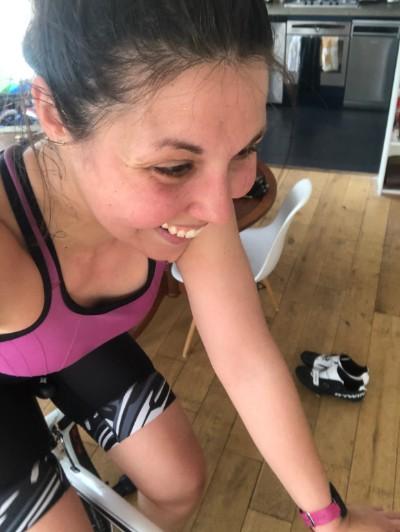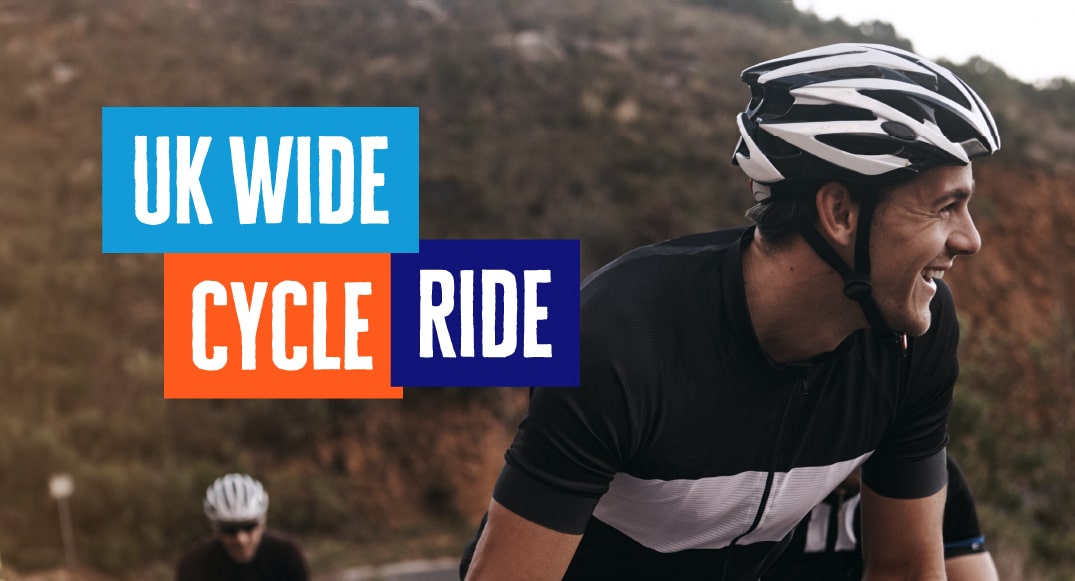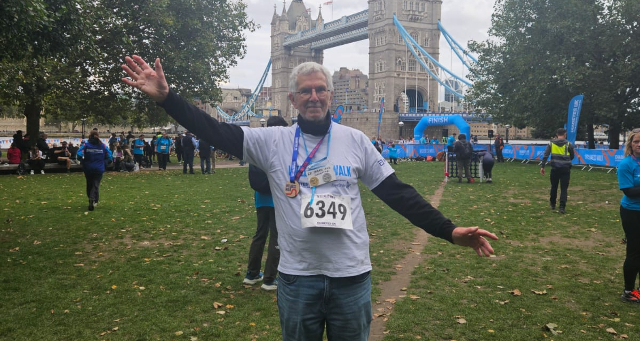
Heidi Quine
Diagnosed at the age of 12 in 2001
Social media has been an absolute bonus for people doing sport who have diabetes. That is why I like to support where I can. I would have gained so much from this personally.
Heidi is taking on our UK Wide Cycle Ride and is one of our ambassadors for the event. Always a keen athlete, she overcame an eating disorder with the help of a diabetes specialist counsellor and went on to qualify as a personal trainer, running and cycling coach.




